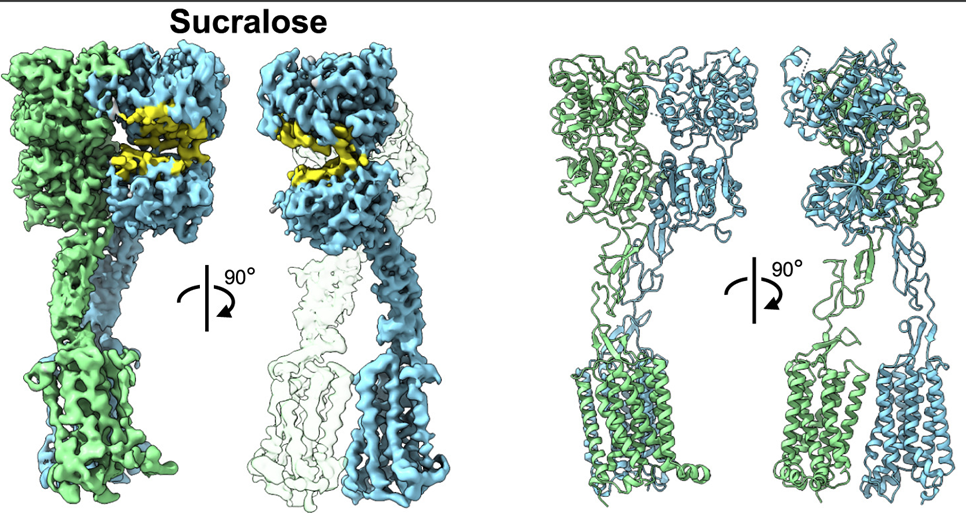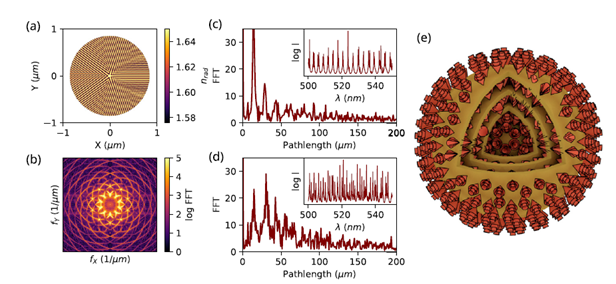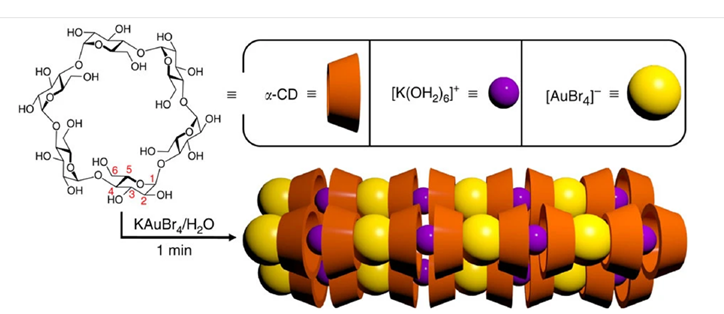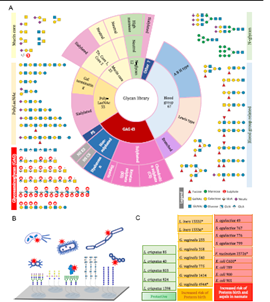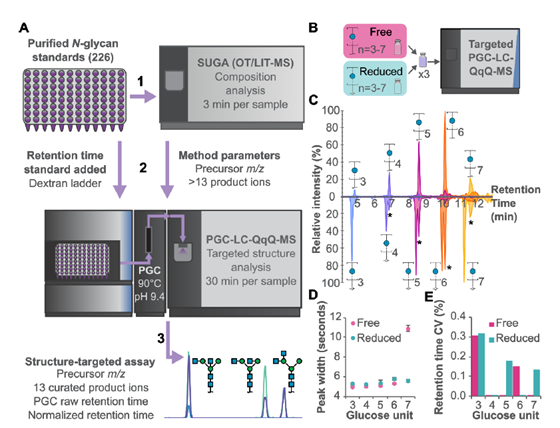The ‘taste of sweetness’ is one of the most iconic and universally recognised human sensory experiences. It triggers appetitive responses in humans and animals, encouraging the consumption of energy-rich food sources and promoting a diet that includes essential macronutrients. It also evokes feelings of pleasure, satisfaction, and comfort in humans. In humans, the detection and perception of sweetness begin in the oral cavity, where taste receptor cells (TRCs) dedicated to sweet-sensing interact with sugars, artificial sweeteners, and other sweet-tasting chemicals. Human sweet TRCs express on their cell surface a sweet receptor that initiates the cascade of signaling events responsible for our strong attraction to sweet stimuli. The cryo-electron microscopy (cryo-EM) structure of the human sweet receptor bound to two of the most widely used artificial sweeteners, sucralose and aspartame, reveals the structural basis for sweet detection, providing insights into how a single receptor mediates all our responses to such a wide range of sweet-tasting compounds. It opens up unique possibilities for designing a generation of taste modulators informed by the structure of the human receptor.
